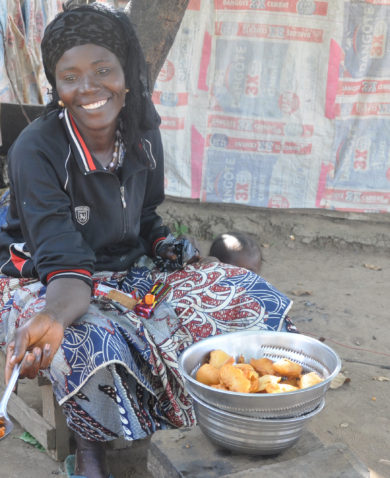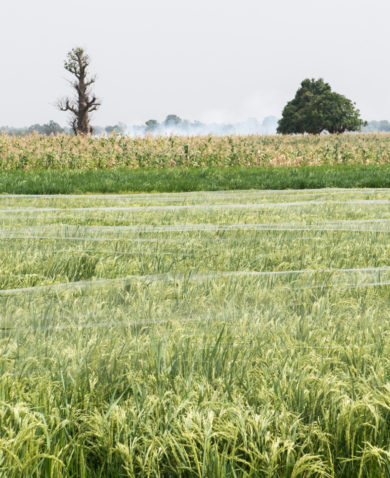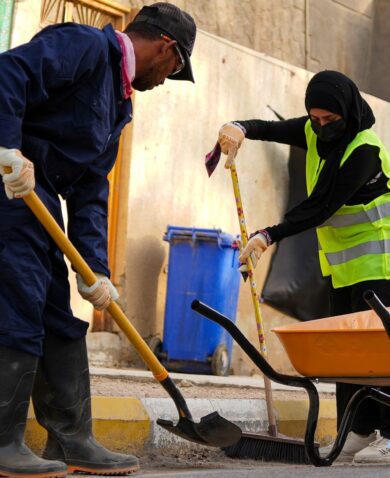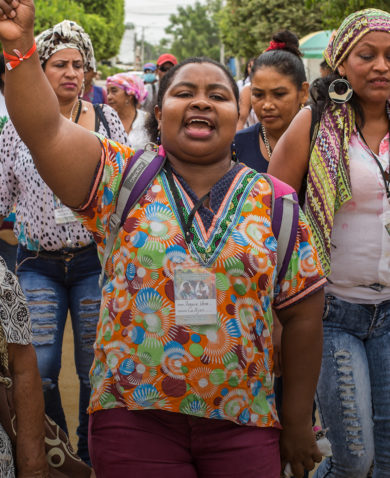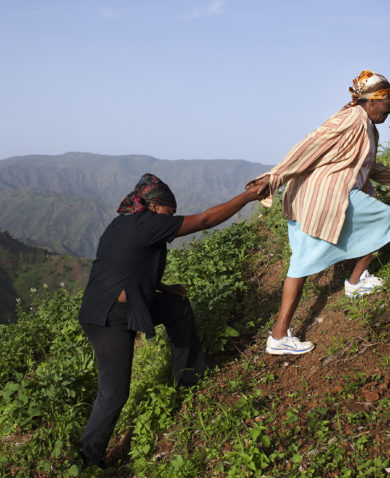
Gender-Responsive Budgets — Investing in Gender Equality
April 18, 2017 | 3 Minute ReadGender mainstreaming has become a common buzzword, but how does it work in practice? Ashley Greve explains step by step how to maintream gender into the budgeting process.
Often, the success of nationally funded programs hinges on budget allocation. “Show me the money,” is a saying that reflects this reality, meaning that what gets funded gets done. Below, we will walk through the principles of gender-responsive budgeting (GRB), which highlights the budget design stage as a critical opportunity for intervention. This post will also look at two case studies where the rationale for GRB and its outcomes are especially compelling, as well as advice for moving toward gender-sensitive budget designs in our projects around the world.
What is gender-responsive budgeting?
What is commonly known as gender-responsive budgeting — also called gender-sensitive budgeting and ideally used in tandem with participatory budgeting — ensures that different social groups have their particular needs expressed and considered at this critical stage of budget design. The five basic steps to gender-based budget analysis as described by UNDP are:
1. Preparation: Collect data and familiarize yourself. More specifically, a facilitator of GRB should first collect the information necessary to understand and explain the situation of varying sub-demographics within the affected geography (national or sub-national). What are the needs unique to each social group? How are they each impacted by public policy and spending, or lack thereof?
2. Activities: Check for gender sensitivity. Next, GRB should consider whether the budget responds to the situations and contexts uncovered in step one. For example, if found that women and girls in rural areas routinely die in childbirth, does the budget plan for and allocate funding to family planning services and obstetric care that would be easily accessible to that population?
3. Inputs: Ensure allocation. If funding to actually implement a gender-sensitive service or policy is lacking, what can be done to highlight or reframe the needs of the affected social group so that their concerns are prioritized? A trained GRB facilitator is an advocate for inclusion and equality.
4. Outputs: Monitor expenditures. What checks are in place to ensure that funding is spent as allocated? Who will be responsible for oversight of expenditures?
5. Outcomes: Examine impact. Gender-sensitive policies and programs, even with the best of intentions, can sometimes result in unanticipated and adverse effects which directly or indirectly impact the targeted sub-population. How will the impact of policy be measured to ensure that course corrections are made if necessary?
How can this lead to gender equality?
GRB can be utilized at any level where budgets are formed, whether national, regional, provincial, or municipal. Let’s take a look at two case studies where GRB has been or could be particularly impactful.
1. Uganda: A successful model. Uganda’s first gender-responsive budget was developed after a civil society group called the Forum for Women in Development (FOWODE) began partnering with the Ugandan Women Parliamentarians to increase resources for gender issues. Early efforts focused on national budgets as a first point of entry, but FOWODE later trained politicians in GRB at local levels. FOWODE was invited to participate in Ministry of Finance committees each year in the early months of the budget cycle, and other civil society organizations have since joined FOWODE in promoting gender mainstreaming in the budget process. In fiscal year 2009/2010, the government started to enforce gender budgeting and installed gender focal points and budget officers in the five sectors of health; agriculture; education; justice, law, and order; and water and sanitation. While GRB has been imperfectly implemented in Uganda (for example, monitoring and evaluation of interventions is lacking or weak), it has had a number of successes, making Uganda a compelling case study.
2. Burma: A good candidate. In 2013, the government of Burma responded to the calls of the Convention on the Elimination of All Forms of Discrimination against Women (CEDAW) with its own National Strategic Plan for the Advancement of Women (NSPAW). However, without committed budget allocations, public funding for health, education, and social welfare is extremely low. This affects women in particular because they are the primary consumers of these services, either for themselves or their families. Focus group research conducted by Care and Oxfam in 2016 found that women indicated a greater emphasis and concern for spending on health, education, and electricity than their male counterparts.
How do we move toward GRB on our projects?
The first step toward GRB in Burma and other countries would be to gather more data on how men’s and women’s budget priorities differ and why. It is true that what gets funded gets done, but also what gets measured gets done. A facilitator trained on tools and techniques to approach GRB could use this data to intervene at the budget design stage to ensure that these priorities are addressed through substantial allocations, and monitored for implementation as intended. Most importantly, it is critical that those who manage and oversee budget development understand that budgets are not gender-neutral, and that GRB may be an effective tool at mainstreaming and advocating for gender equality across all technical sectors in which we work.



